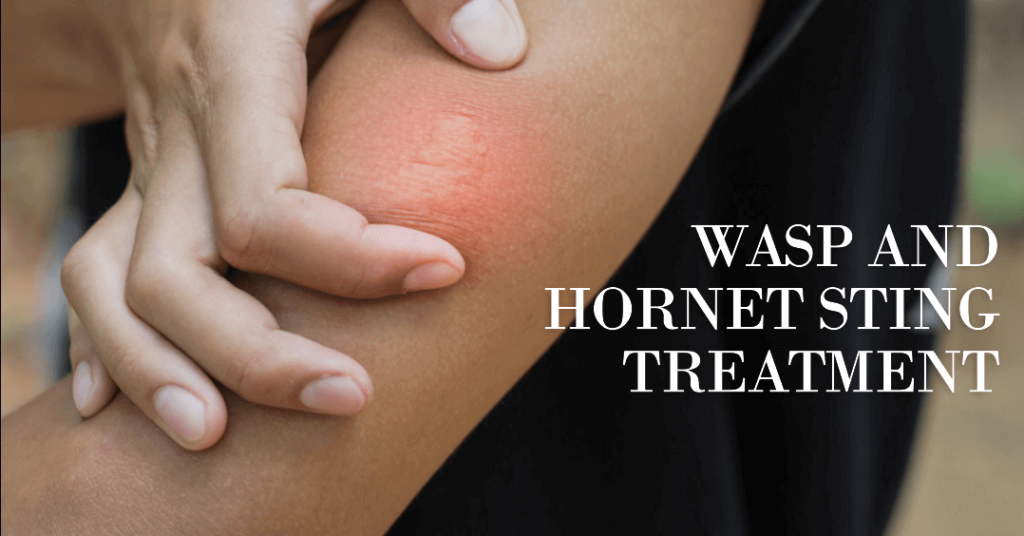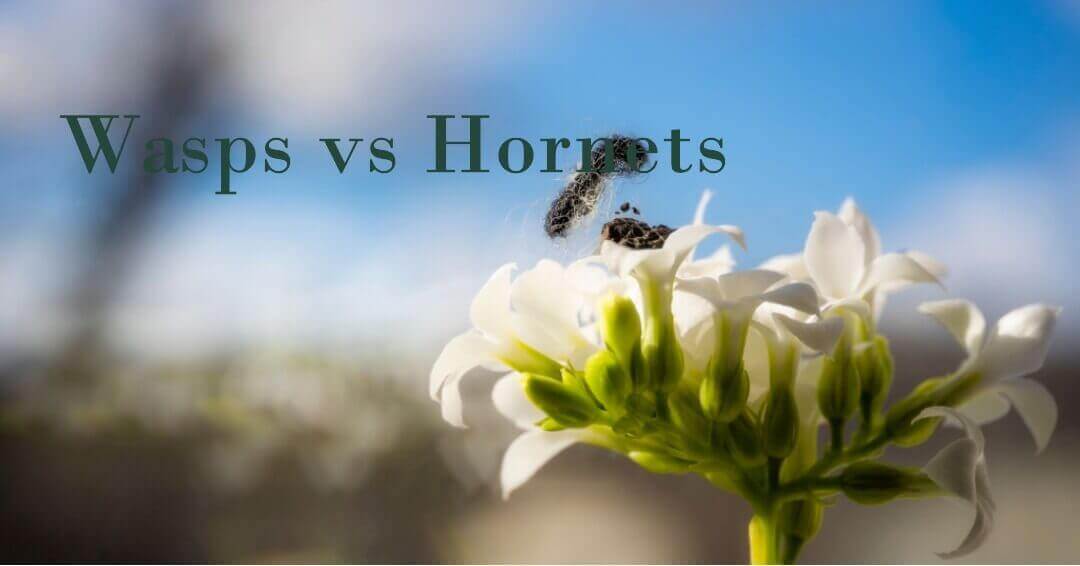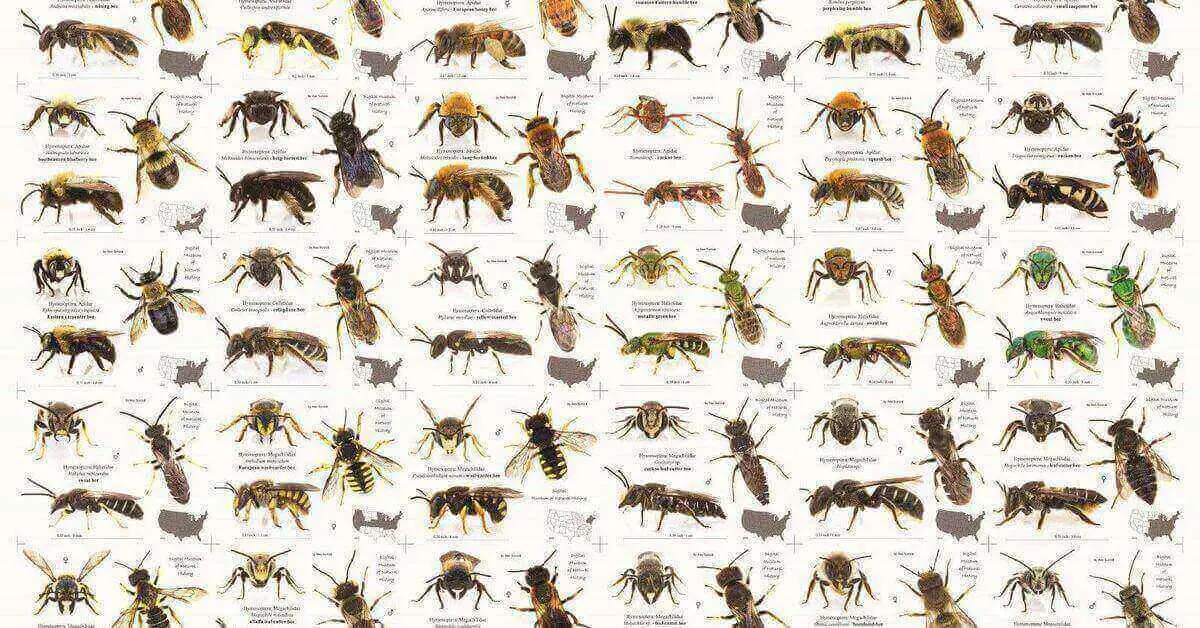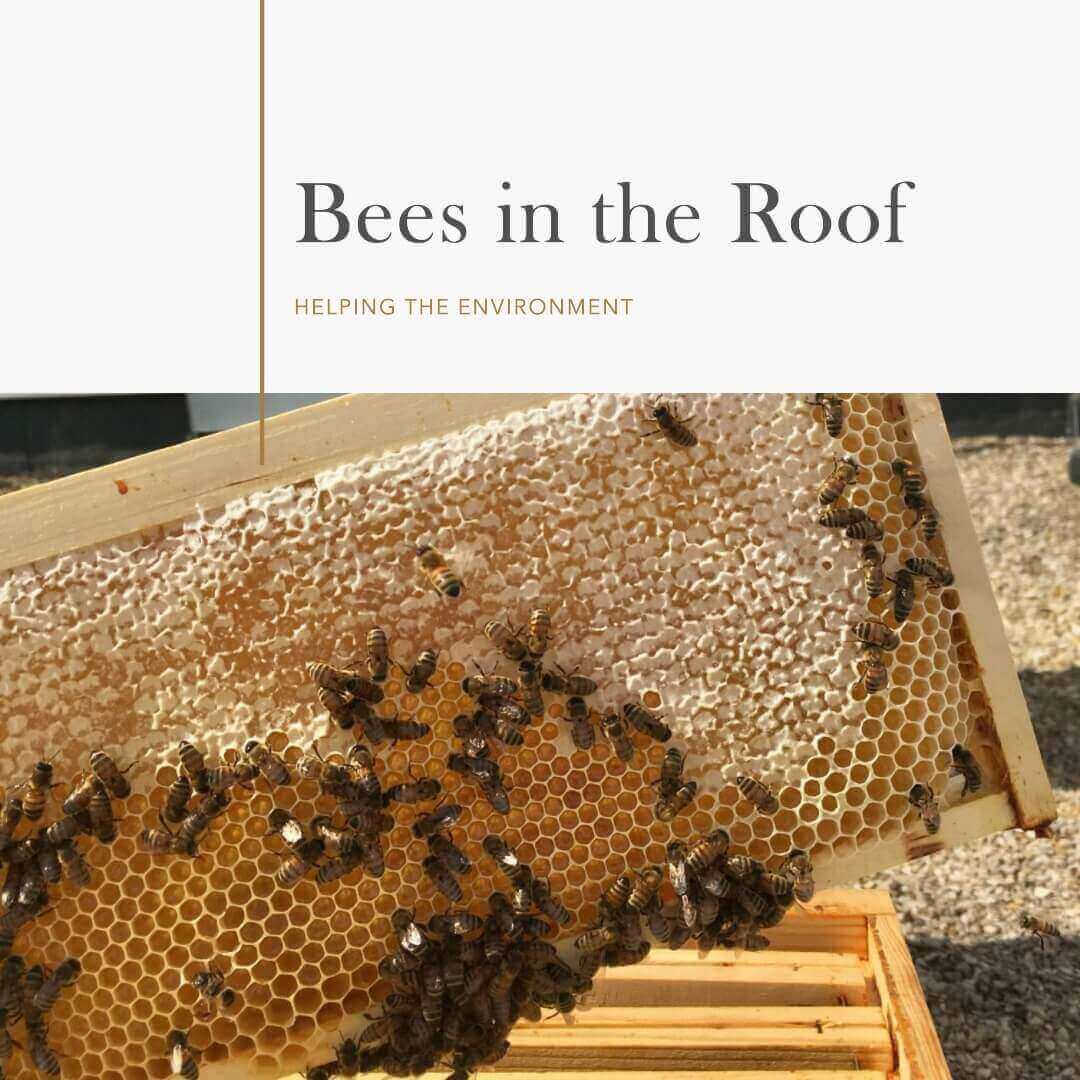What are Wasps and Hornets? Wasps and hornets are flying insects that belong to the order Hymenoptera. They are often mistaken for each other due to their similar appearance and behavior. However, there are distinct differences between the two. In this article we will learn about wasps vs hornets.
Comparing Hornets vs Wasps
When comparing hornets and wasps, it’s essential to understand their unique characteristics. Here’s a comparison chart to help you differentiate between the two:
| Wasps | Hornets | |
| Life Cycle | Varies among species | Annual lifecycle, with new queens emerging each year |
| Feeding Habits | Predatory, feeding on other insects and nectar | Predatory, feeding on other insects and sweet substances |
| Nest Locations | Various, including underground and aerial | Above ground, often in trees or shrubs |
| Aggressiveness | Varies among species | Generally more aggressive when threatened |
| Social Behavior | Some types are solitary, others are social | Social, living in colonies with a hierarchical structure |
Life Cycles of Wasps and Hornets
The life cycles of wasps and hornets differ based on their species. While the life cycle of wasps can vary, hornets follow an annual life cycle. Each year, new queens emerge, mate, and establish new colonies. Understanding the specific life cycle of the species you’re dealing with is crucial in managing infestations effectively.
What do Wasps and Hornets Feed On?
Both wasps and hornets are predatory insects. They play an essential role in maintaining ecological balance by feeding on other insects. Additionally, they rely on nectar as a source of energy. Wasps and hornets are known to be opportunistic feeders, adapting their diet based on available food sources.
Identifying a Wasp or Hornet Problem
Determining whether you have a wasp or hornet problem can be done by observing certain signs. Look for the following indicators:
- Frequent Sightings: If you notice an increased presence of flying insects around your property, it may indicate a problem.
- Nest Structures: Pay attention to the presence of nests. Wasps build various types of nests, while hornets often construct large aerial nests.
- Aggressive Behavior: If you experience aggression from flying insects in your vicinity, it’s likely that you have a wasp or hornet issue.
Dealing with Wasp and Hornet Nests
If you discover a wasp or hornet nest on your property, it’s crucial to handle it with care. Here are some important steps to take:

- Observe from a Distance: Avoid approaching the nest directly. Observe it from a safe distance to assess the size and activity level.
- Professional Removal: For larger nests or if you are unsure about handling the situation, it’s recommended to seek professional help from pest control experts.
- Protective Clothing: If you decide to remove a nest yourself, wear protective clothing, including long sleeves, pants, gloves, and a veil or netted hat.
- Nighttime Removal: Nests are generally less active at night. It’s safer to remove them during this time when the wasps or hornets are less active and inside the nest.
Read Articles:
- Bees vs Hornets: A Comparison of Stings & Nests, Identification.
- Bees Vs Wasps: A Difference of Their Nature and Impact
- Facts about Bees Life.
Preventing Wasp and Hornet Infestations
To minimize the risk of wasp and hornet infestations, follow these prevention tips:
- Seal Entry Points: Inspect your property for gaps and cracks and seal them to prevent insects from entering your home.
- Secure Garbage Bins: Ensure that your trash cans have tight-fitting lids to avoid attracting wasps and hornets.
- Trim Vegetation: Regularly trim shrubs, trees, and overgrown vegetation near your home to discourage nest-building.
- Remove Food Sources: Keep sweet substances, ripe fruits, and open food containers covered or stored in secure areas.
Wasp and Hornet Sting Treatment
If you or someone else gets stung by a wasp or hornet, follow these steps for immediate treatment:

- Remove the Stinger: Scrape the affected area gently with a blunt-edged object, such as a credit card, to remove the stinger.
- Cleanse the Area: Wash the sting site with mild soap and water to reduce the risk of infection.
- Apply Cold Compress: Use a cold compress or an ice pack wrapped in a cloth to reduce pain and swelling.
- Over-the-Counter Remedies: Consider using over-the-counter antihistamine creams or pain relievers to alleviate symptoms. Consult a medical professional for severe reactions or allergies.
Size and Brightness: Wasps vs Hornets
When comparing the size and brightness of wasps and hornets, it’s important to note that size can vary among species. However, as a general rule, hornets are usually larger than wasps. Regarding brightness, both insects can have vibrant coloration, but hornets are often more intense in hue.
The Beneficial Role of Wasps and Hornets
Despite their potential threat, both wasps and hornets serve as beneficial insects in the ecosystem. They contribute to pest control by feeding on other insects that can damage crops and gardens. Their predatory nature helps maintain a balance in the natural world.
FAQ’S
It’s difficult to determine a clear winner in a hypothetical fight between wasps and hornets. The outcome would depend on various factors such as the species involved, their numbers, and individual circumstances. But usually Experts think that Wasps are Dangerous.
The term “worse” is subjective and can have different interpretations. Both hornets and wasps can be considered pests due to their ability to sting, but the severity of their stings can vary among species. In general, hornets tend to have more potent venom and larger stingers, so their stings can be more painful.
Again, the level of danger depends on the specific species and individual circumstances. Generally, hornets are considered more dangerous than typical wasps due to their larger size, more aggressive nature when defending their nests, and potentially more painful stings. However, it’s essential to note that not all hornets or wasps are aggressive, and their behavior can vary.
Conclusion
In conclusion, understanding the differences between wasps and hornets is crucial in effectively managing their presence. From their life cycles and feeding habits to preventing infestations and treating stings, taking appropriate measures ensures a safe and harmonious coexistence. Remember to appreciate the important role these insects play in the ecosystem while ensuring your own well-being and that of your surroundings.




